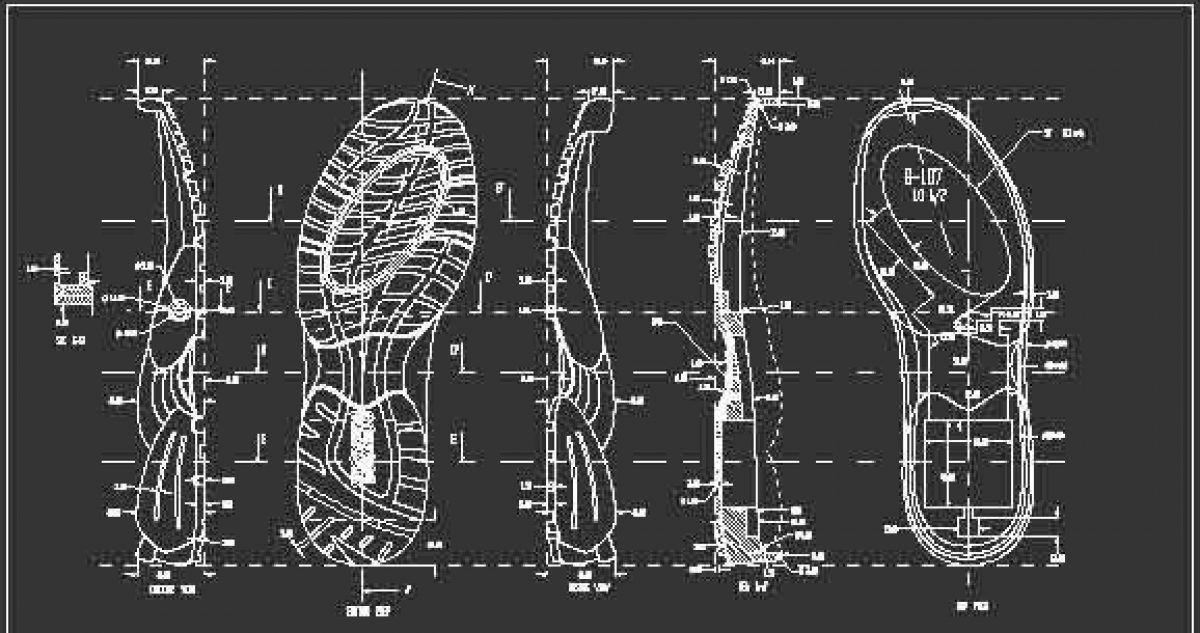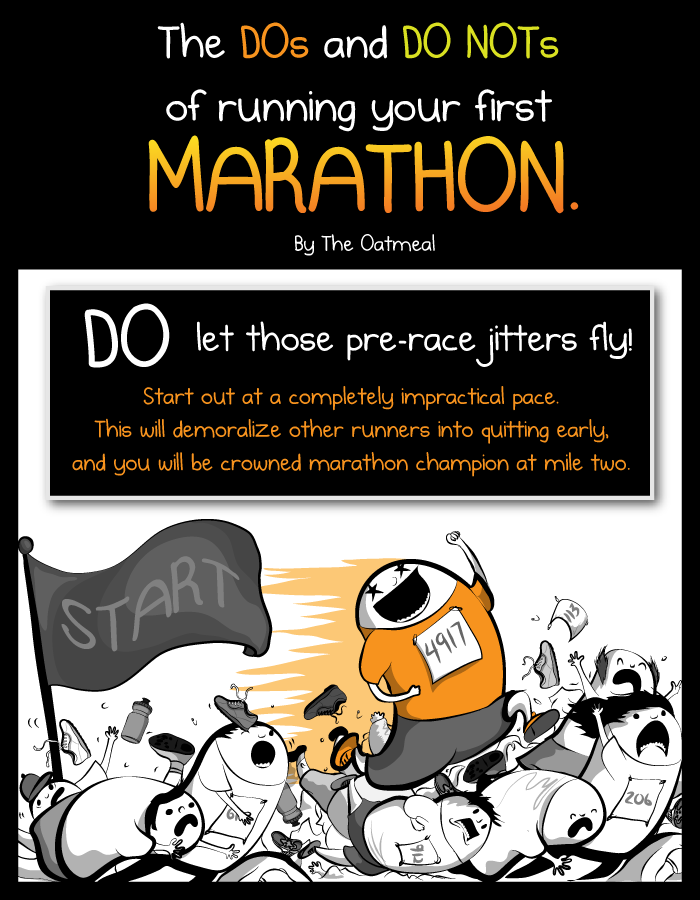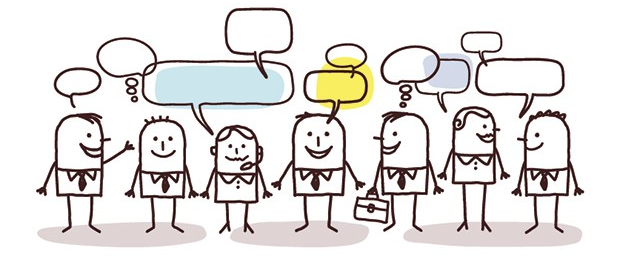Before every trail race, there is an orientation meeting where the race coordinator gives you the low-down on the event. The speaker usually goes over important items such as is where stations are located, if the trail is rough at mile 10, and where to turn at a poorly marked Y. I have been present for some great race orientations but once and awhile you will have the person who just cannot be heard or understood. This lead to the question, “do I take the left or right trail at the creek?”
I have attended several conferences for different topics in engineering as an audience member and as a presenter. Thankfully, I have had the pleasure of being told that I am a great presenter and have a great presence on stage. There is nothing worse than attending a highly anticipated presentation, just to have the presenter loose the audiences interest in the first 10 seconds. They may have a brilliant and motivating topic, but if it is presented badly the presenter will not be able to capture the attention of their audience. I have seen this on many occasions and would like to make sure you do not make the mistakes these presenters do.
Nervous Speaker: I am an introvert. Speaking to an audience is not something I would choose to do, but I have learned this is a necessary tool in my career. To calm my nerves for public speaking, I go for a high intensity run in the morning which boost my endorphins and in turn reduces my anxiety. Additionally, before hitting the stage I have a personal mantra that I repeat in my head. “I am a spectacular presenter, because I am extremely knowledgeable in the field.”
Practice your Material: My presentations are prepared weeks in advance, giving me the ability to practice how I am going to deliver the material. This helps me to determine when I will need to refocus the audience attention and remove any over the top information that can cause loss of interest.
Entertain and Engage the Audience: No one wants to listen to a thirty-minute lecture, so instead of talking at your audience, speak to them. I use the practice of correlating key concepts into stories and adding a little humor. Also, to maintain focus on the topic being presented, I like to interact with the audience by asking questions and inviting conversation. It is also beneficial to chat with some of the audience before the presentations. This makes you more likeable and approachable and guarantees a response when you ask the audience a question.
Material: Make sure your visual aids are well organized and not jumping from topic to topic. The aid should be a tool and not your speech. Please do not write large paragraphs of information on your power point slide. This will cause you to try covering too much material, resulting in the loss of the audience interest. You want to show that you are knowledgeable in your topic, but don’t bombard the audience with extreme technical data such as long equations and how you solved them. That type of information should stay in a report the audience can obtain later.
It is okay to be nervous about presenting; I promise most speakers were not confident at one point in their speaking career. I would highly recommend you attend other presentations when you are invited to present at a conference. You can pick up some pointers while you observe a range of presentation skills from new to experienced speakers.
Share some comments on presentations you have attendant.










